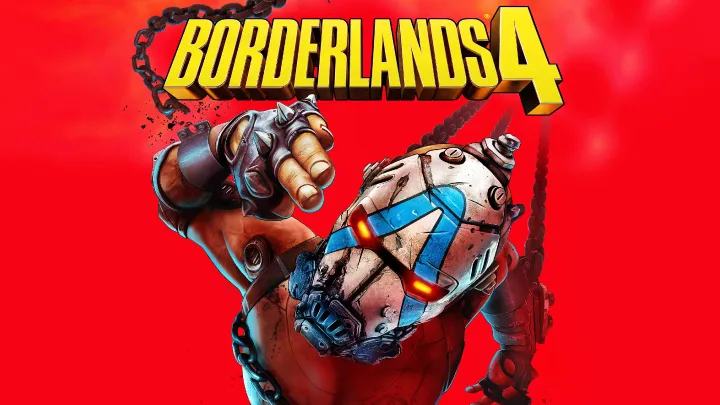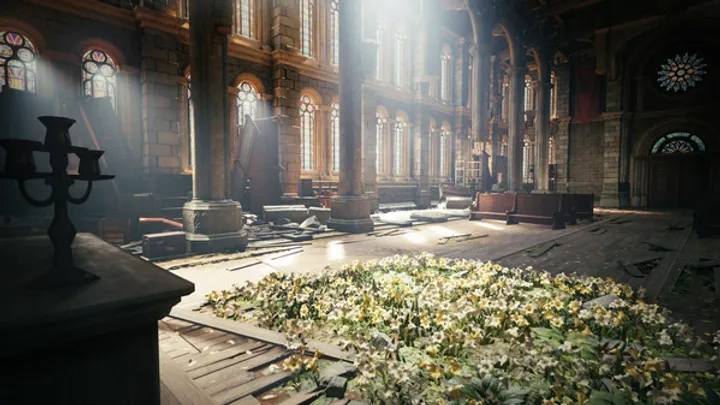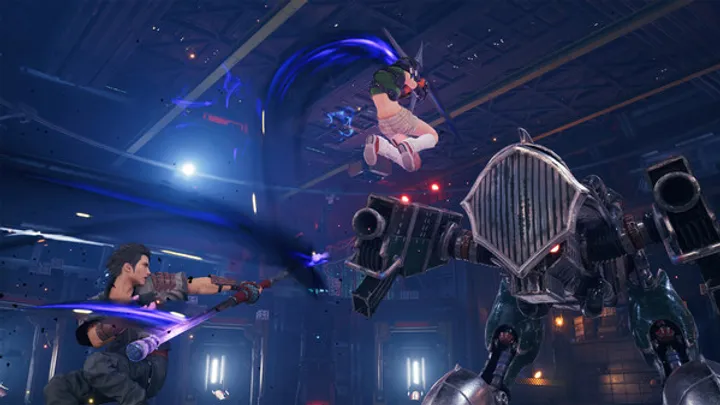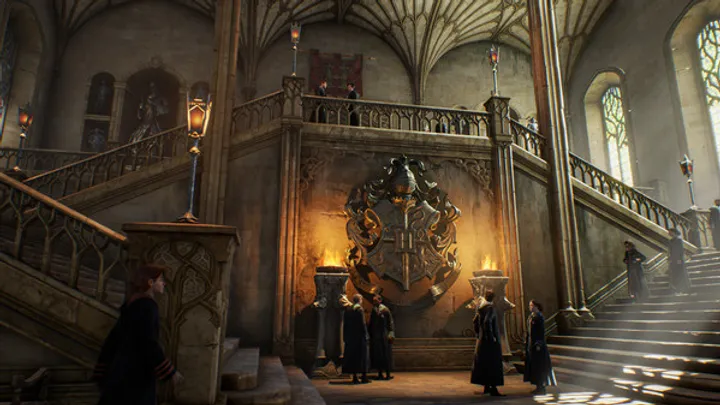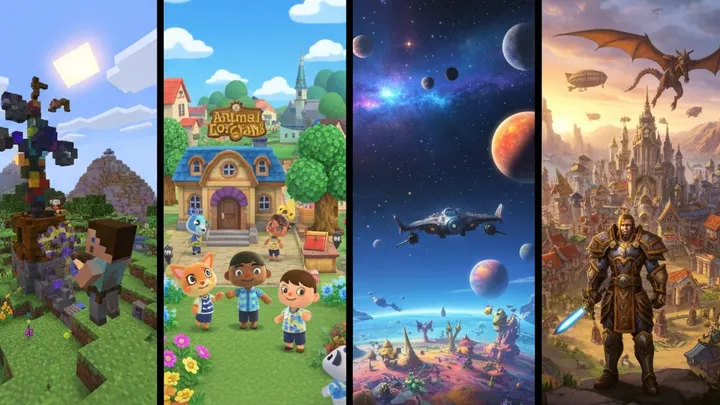FINAL FANTASY VII REMAKE INTERGRADE brought the beloved classic into the modern era with stunning visuals, expanded storylines, and real-time combat. However, for PC players—especially those with high-end systems—the experience has been marred by a persistent and disruptive issue: stuttering. Despite powerful hardware, many users report frame pacing problems, micro-stutters during traversal, and inconsistent performance in cutscenes. This article explores the root causes of the stuttering crisis, analyzes its technical underpinnings, and presents a timeline of community fixes and developer responses across ten structured sections.
- Identifying the Stuttering Symptoms Stuttering in INTERGRADE manifests as brief pauses or frame skips during gameplay and cutscenes. These interruptions break immersion and can affect combat responsiveness. Players with RTX 3080/3090 GPUs and high-end CPUs report issues even at modest settings.
The problem is not tied to FPS drops but to uneven frame delivery. Even at 120 FPS, the game can feel choppy due to poor frame pacing. This suggests deeper issues with how the game handles rendering and resource management.
Common Symptoms:
- Micro-stutters during traversal
- Cutscene hitching despite high FPS
- Input lag during combat transitions
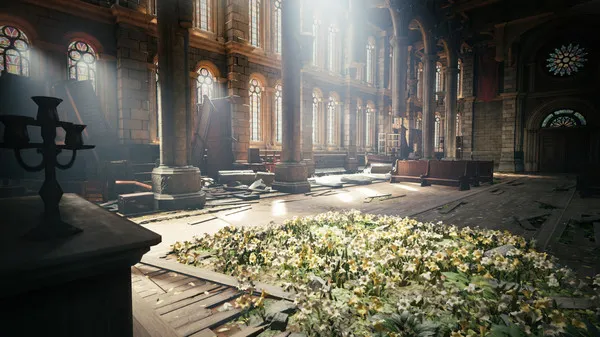
- Unreal Engine 4 and Its Limitations INTERGRADE runs on Unreal Engine 4, which has known issues with shader compilation and asset streaming. These problems are magnified in open-world or cinematic-heavy games like FFVII Remake.
Shader compilation during runtime causes stutters when entering new areas or triggering effects. Asset streaming delays can result in texture pop-in and frame skips. Without precompiled shaders, the engine struggles to maintain smooth performance.
Engine Bottlenecks:
- Runtime shader compilation
- Delayed asset streaming
- Lack of precompiled shader support
- Multi-Threading and CPU Utilization One of the most cited issues is poor multi-threading optimization. INTERGRADE often maxes out one or two CPU cores while leaving others idle. This leads to bottlenecks, especially during combat or cutscene transitions.
Disabling HyperThreading or SMT (Simultaneous Multithreading) in BIOS has been reported to reduce stuttering. This forces the game to use physical cores more efficiently, improving frame pacing.
CPU Fixes:
- Disable HyperThreading/SMT in BIOS
- Monitor core usage with MSI Afterburner
- Use Process Lasso to manage CPU affinity
- Resizable BAR and GPU Conflicts Resizable BAR (Base Address Register) is a feature that allows the CPU to access the entire GPU memory buffer. While beneficial in some games, INTERGRADE appears to conflict with this setting, causing stutters and performance drops.
Disabling Resizable BAR in BIOS has helped many users stabilize gameplay. This suggests the game’s memory management is not optimized for dynamic GPU access.
GPU Optimization Tips:
- Disable Resizable BAR in BIOS
- Set power management to “Prefer Maximum Performance”
- Use Ultra Low Latency mode in Nvidia Control Panel
- DirectX 11 vs. DirectX 12 Performance INTERGRADE allows players to choose between DX11 and DX12. However, DX12 introduces more stuttering due to its reliance on asynchronous shader compilation and multi-threaded rendering.
Switching to DX11 reduces stuttering for many users, though it may slightly impact visual fidelity. DX11’s synchronous rendering pipeline appears more stable for this title.
API Comparison:
- DX12: Better visuals, worse frame pacing
- DX11: Smoother performance, fewer stutters
- Recommendation: Use DX11 unless ray tracing is essential
- In-Game Settings and Their Impact Adjusting in-game settings can mitigate stuttering. Lowering shadow quality, disabling motion blur, and turning off ambient occlusion reduce GPU load and improve frame pacing.
V-Sync should be disabled in-game and managed externally via Nvidia Control Panel or RivaTuner. Frame rate caps (e.g., 60 or 120 FPS) help stabilize delivery and reduce micro-stutters.
Settings Checklist:
- Disable V-Sync in-game
- Cap FPS using RivaTuner
- Lower shadows and post-processing effects
- Cutscene Stuttering and Cinematic Lag Cutscenes in INTERGRADE are particularly prone to stuttering. These sequences use pre-rendered assets and scripted camera transitions, which strain the engine’s streaming and shader systems.
Players report that disabling HyperThreading and using DX11 significantly improves cutscene fluidity. Fast SSDs also help reduce asset loading delays during cinematic transitions.
Cutscene Fixes:
- Use DX11 for better cinematic pacing
- Install game on NVMe SSD
- Disable background apps during cutscenes
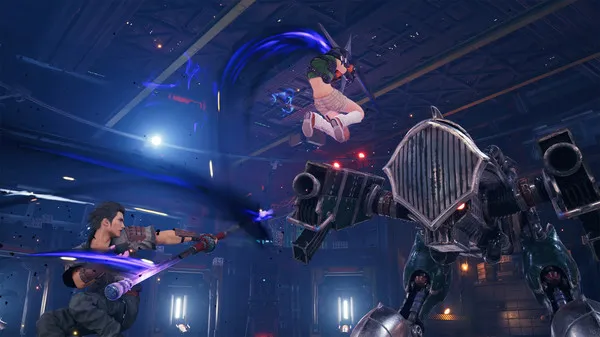
- Community Fixes and BIOS Tweaks The Steam community has developed several effective fixes. One popular thread recommends disabling HyperThreading, Resizable BAR, and using DX11. These BIOS-level tweaks have shown consistent results across high-end systems.
While some users are hesitant to modify BIOS settings, the process is reversible and takes less than a minute. These changes do not affect other games and can be toggled as needed.
Recommended Fixes:
- Disable HyperThreading/SMT
- Disable Resizable BAR
- Use DX11 and cap FPS externally
- Developer Response and Patch History Square Enix has released updates addressing controller vibration and minor bugs, but performance issues remain largely unaddressed. Patch notes rarely mention optimization, and no official fix for stuttering has been confirmed.
The lack of transparency frustrates players who expect AAA titles to perform well on premium hardware. Community fixes continue to outperform official patches, highlighting the need for deeper engine-level changes.
Patch Limitations:
- Minor fixes without performance overhaul
- No dedicated optimization roadmap
- Community-led solutions remain dominant
- Long-Term Implications and Lessons Learned INTERGRADE’s stuttering crisis underscores the challenges of porting console-optimized games to PC. Unreal Engine 4’s limitations, combined with poor multi-threading and memory management, create a fragile performance environment.
Future titles like FINAL FANTASY VII REBIRTH must prioritize PC optimization from the ground up. Lessons from INTERGRADE should inform better QA processes, engine customization, and community engagement.
Key Takeaways:
- Optimization must be integral to design
- Community feedback is vital for stability
- Engine limitations must be acknowledged early

Conclusion FINAL FANTASY VII REMAKE INTERGRADE delivers a visually stunning and emotionally resonant experience—but its stuttering issues on high-end PCs threaten immersion and playability. From engine bottlenecks to BIOS-level conflicts, the game’s technical shortcomings require urgent attention. While community fixes offer hope, the burden of performance should not fall on players. Square Enix must address these issues with transparency and urgency to ensure future releases meet the expectations of modern PC gamers.






